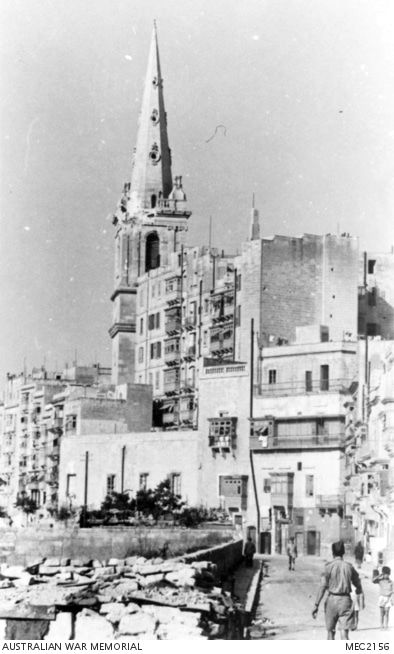The cost of saving the St Paul’s Pro-Cathedral structure and spire in Valletta has doubled to more than €7 million, the committee tasked with raising funds said as it announced that restoration works are expected to begin shortly.
Speaking at a press conference held at the Cathedral’s recently restored Undercroft, co-chairman of the Save Valletta Skyline appeal Martin Scicluna said that over €1 million had been raised privately to date and an application had been made for a further €5 million in EU funding.
Prince Charles and billionaire theatrical producer Sir Cameron Mackintosh – who owns a home in Valletta – are among the hundreds of private donors. Some €1.2 million has also already been received in EU funding, but substantial sums are still required to achieve the new campaign target of over €7 million. The reasons for the additional costs arise from the deeper expert analysis and scrutiny of the structure and fabric of the tower, spire and roof which has been possible over the last 18 months since the appeal was launched.
The Cathedral is situated at the epicentre of the government’s regeneration plans for the West flank of Valletta between Lower Fort St Elmo and Mattia Preti Square. Major regeneration work will include the restoration of the roof and ceiling to its former Victorian glory, the timber structure inside the tower, installation of disabled access to the church and Undercroft, as well as several ecological environmental improvements. Mr Scicluna said: “The project to restore the Cathedral aims to contribute significantly to the regeneration of the area by turning it into a thriving and attractive communal and tourism centre. “It seeks to be the social hub not just for the Cathedral’s congregation, but also for the local community, related groups and third party users for a range of activities from musical concerts to meetings and exhibitions, lectures and seminars.”


